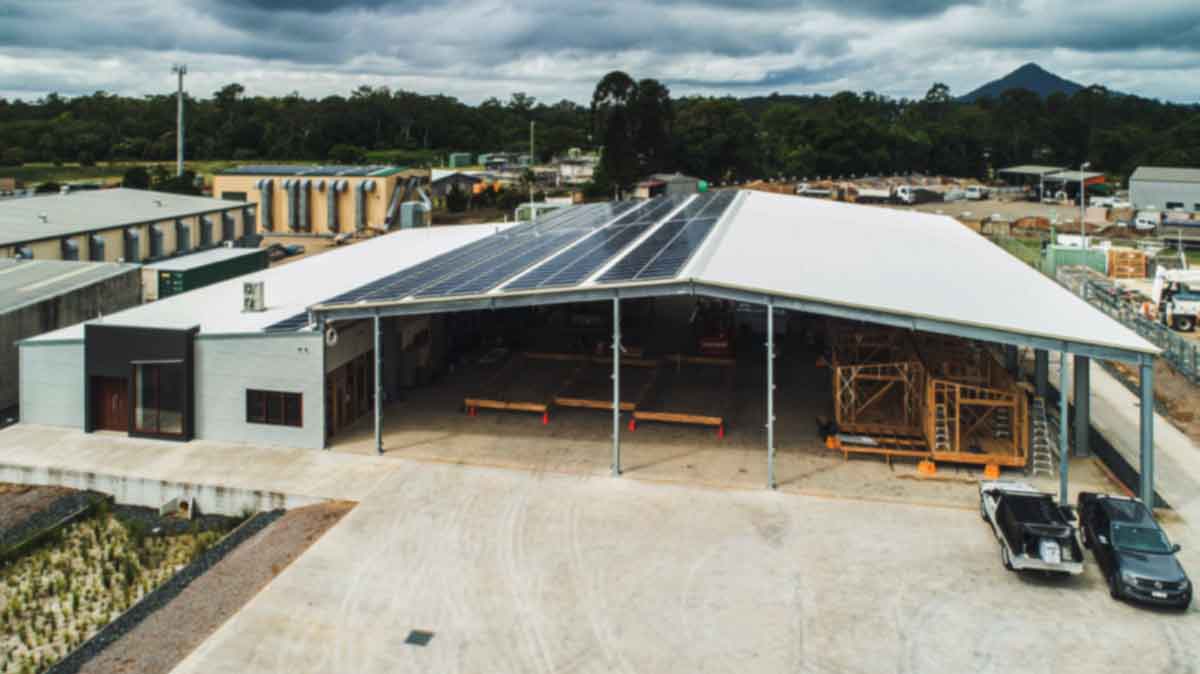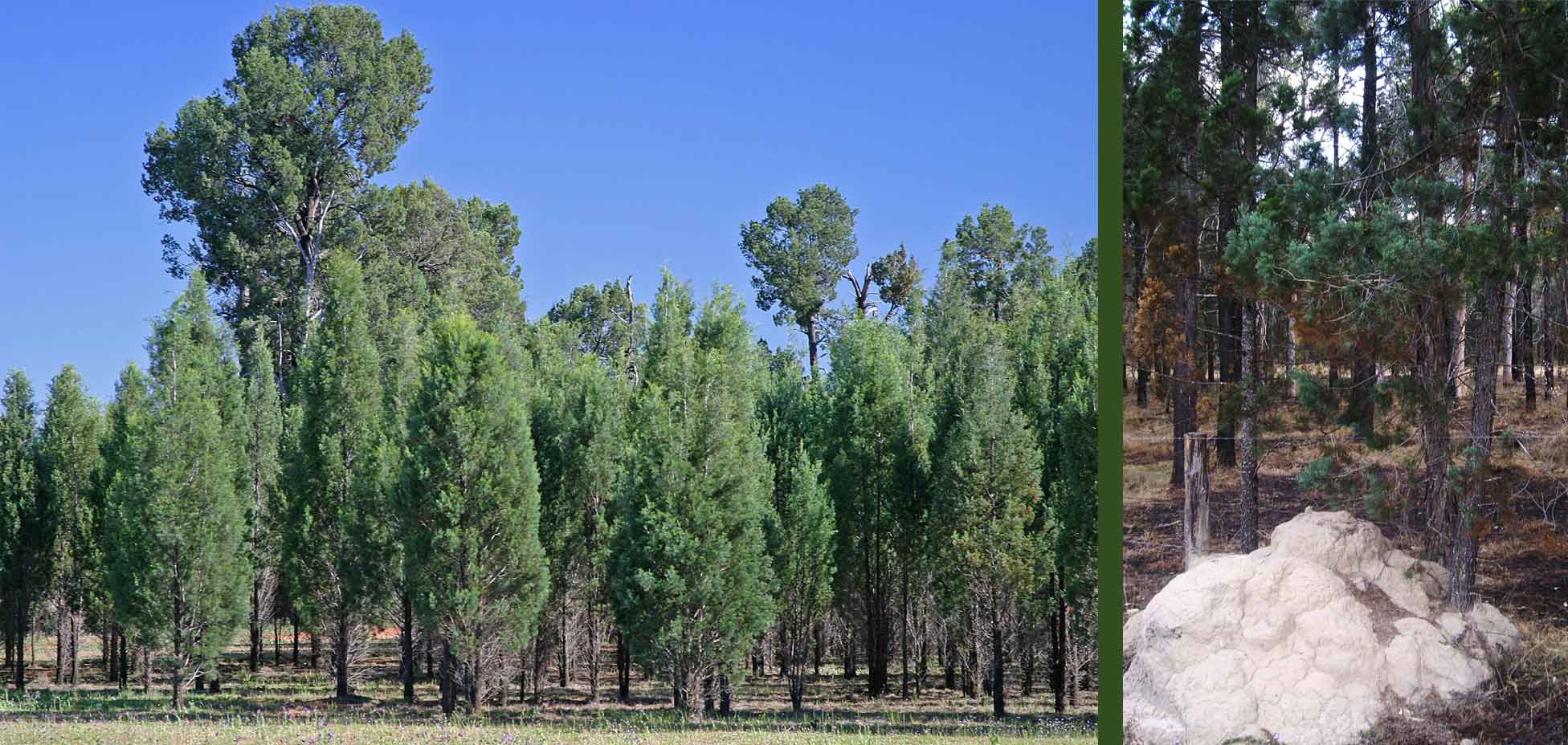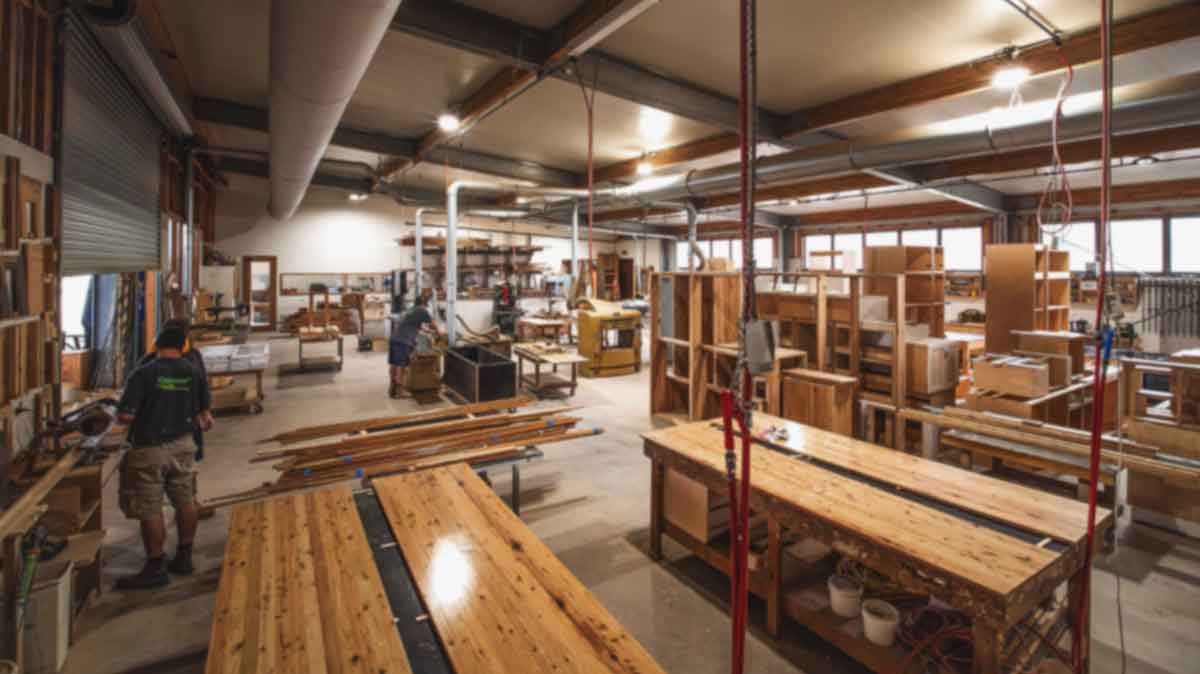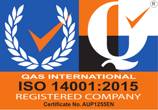About Eco Cottages

Eco Cottages is a Queensland based company established in 2007.
Our mission is to manufacture high quality, innovative, sustainable modular homes that cost less and deliver more. Through the use of cypress - a natural sustainable renewable resource. We aim to establish the use of cypress as a first-choice sustainable building product for the Australian construction industry.
Eco Cottages is delivering its mission through Modern Methods of Construction and the integration of the core principals of Sustainability, Biophilic and Universal design, Zero Net Energy, Circular Economy, and Design for Disassembly.
- Modern Methods of Construction is a term that embraces a range of offsite manufacturing and onsite techniques that provide alternatives to traditional house building. In addition to building faster, better quality homes that cost less, these methods tackle skill shortages in the industry.
- Sustainability is a process that maintains the environment, economy and social wellbeing.
- Biophilic Design increases occupant connectivity with nature by incorporating natural materials, natural light, and views of nature.
- Universal Design provides ease of access regardless of age, size, ability or disability.
- Zero Net Energy refers to the amount of energy provided by our onsite solar power system which is equal to the amount energy used by our factory.
- Embodied Energy Research by CSIRO has found that an average size house contains about 1,000GJ of energy embodied in the materials used in its construction, which is equivalent to 15 years of normal operational energy use. (read more)
- Circular Economy is an alternative to our (make-use-dump) economy. It’s based on eliminating waste, pollution. and regenerating natural resources.
- Design for Disassembly means that almost every building material we use can be easily removed and recycled at the end of its use without damage. Research suggests this can halve the negative environmental impacts of the building industry.
Why Cypress?
Eco Cottages are manufactured predominantly from cypress pine which is indigenous to Australia, providing quality construction and joinery timber that is known for its durability and density. Cypress is non-toxic, naturally termite resistant and seasoned without the use of intensive energy used in kiln drying.
Cypress has the lowest level of embodied energy when compared with all other traditional building materials. Embodied energy is defined as the quantity of energy required by all activities associated with the production process of building materials. Buildings have a significant impact on the environment due to the energy embodied in construction materials.
Cypress pine is termite resistant; graphic evidence of cypress pine resistance to termites is shown below in a photograph taken by Vic Gersekowski in the Dunmore State Forest West of Toowoomba 10 years ago which shows cypress pine trees growing out of a termite mound!

Climate Change
As a cypress tree matures the rate of its carbon dioxide absorption decreases significantly. Selectively logging mature cypress trees is a sustainable way to combat climate change. The carbon is stored in the milled cypress instead of being released back into the atmosphere and provides space for new cypress trees to begin the carbon absorption and storing process again.
The cypress used to create an average size Eco Cottage has consumed approximately 8000kg carbon dioxide, stored 3000kg of carbon, and has released approximately 6000kg of oxygen back into the atmosphere in its lifetime.
The cypress used to build and manufacture an average size eco cottage module replaces its self naturally in the environment without any human intervention within 5 minutes.
Queensland Regional Ecologist (QMDC)
Greg Ford Queensland Regional Ecologist (QMDC) states “cypress-based relocatable buildings are a great example of the innovative use of natural resources and could certainly provide opportunities for land-holders in this region to diversify their enterprises into sustainable forest products". (read more)
Sustainability in the building industry
According to many studies’ construction is responsible 50% of climate change 50% of energy use globally, 40% of landfill waste, 40% of drinking water pollution and 23% of air pollution.
Building materials such as concrete and steel are directly responsible for large quantities of CO2 emissions due to their high embodied energy.
Current practices within the construction industry of reducing Green House Gas (GHG) emissions and pollutants are massively ineffective.
Eco Cottages Design Features

Bushfire Resistance
Eco cottages where requested or recommended have a pop-up sprinkler fitted to the roof which provides a 10m diameter water spray barrier externally as an alternative solution for Bushfire Attack Levels.
Zero Concrete
Sure Foot Footings provide a zero concrete footing that is fully engineered for all sites and soils types and cyclone rating.
Zero Steel
Cypress Glulam beams have replaced large steel bearers. (read more)
Zero Gyprock
Sustainable hoop pine plywood lining replaces gyprock lining. Hoop pine plywood provides significant increase in bracing strength and acoustic properties. Hoop pine plywood is not glued to the framing unlike gyprock allowing for ease of future additions and the reuse and recycling of the entire timber frame. Hoop pine is a sustainable renewable resource.
Zero Waste
All cypress framing and joinery off cuts are recycled into key production products such as cypress floor trusses and cypress glu-laminated beams for bearers and joinery products.
Flexible Designs
Each design can be customised to client needs, with modules able to be added or removed with ease if circumstances change. This flexibility provides an innovative and cost-effective solution not available with conventional housing.
Steep Sites
Eco Cottages can be sited in various ways to maximise aspect, topography, and visual amenity. This makes adapting to difficult sites more cost effective by eliminating excavations or levelling of large areas for a concrete slab.
Standards
Eco Cottages is certified under ISO 9001:2015 - Quality Management (Certificate No. AUP1255CA) and ISO 14001:2015 - Environmental Management (Certificate No. AUP1255EN).



